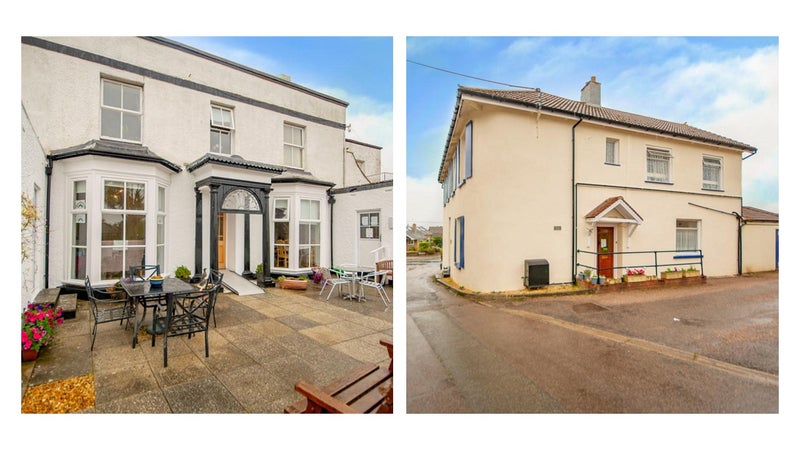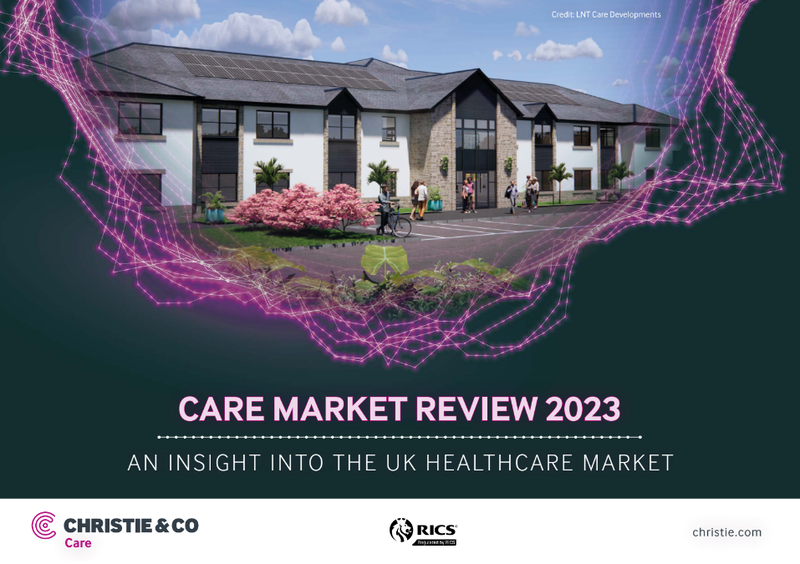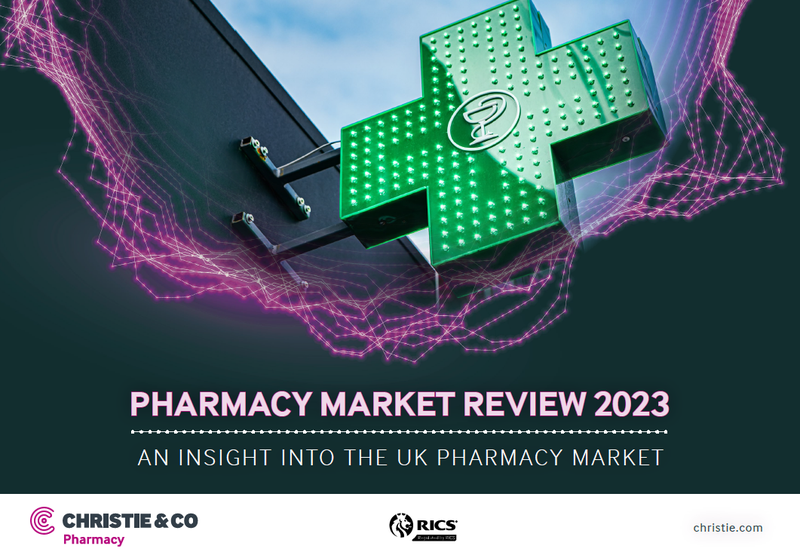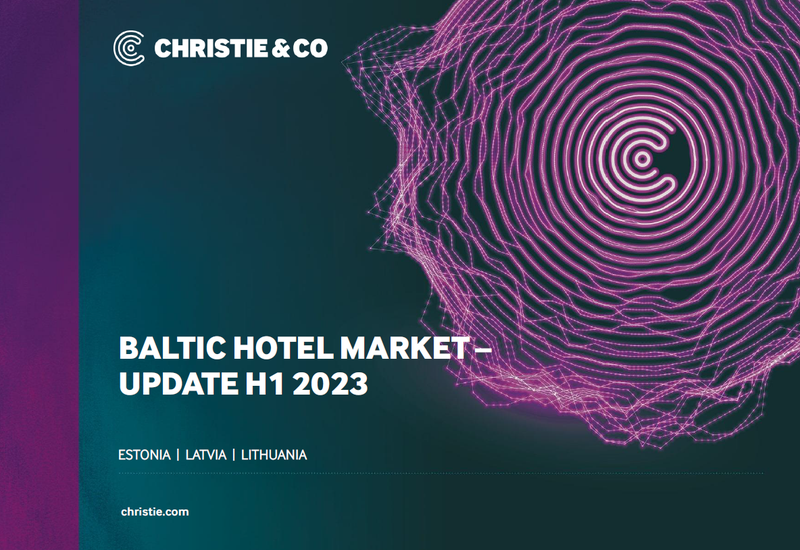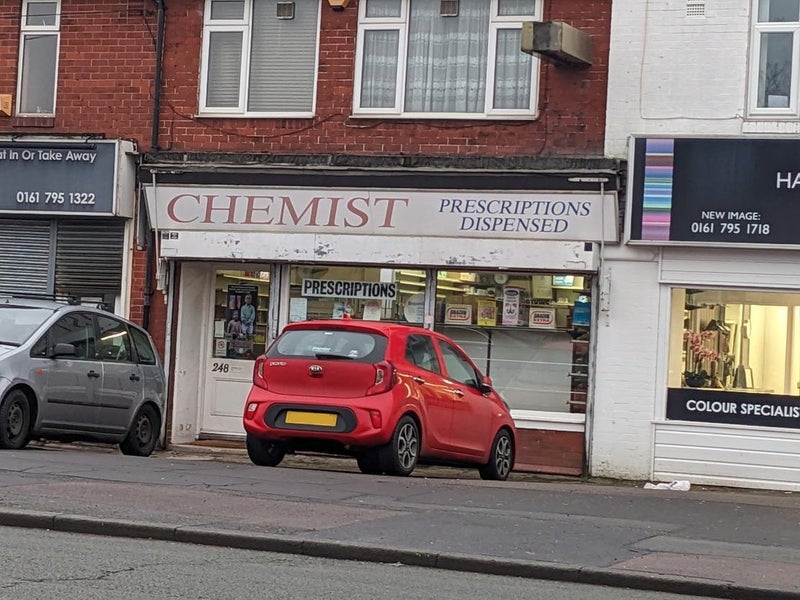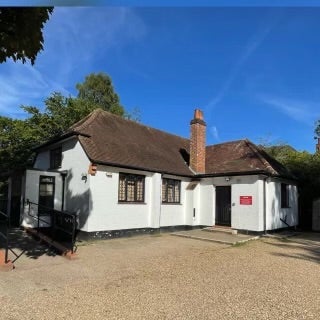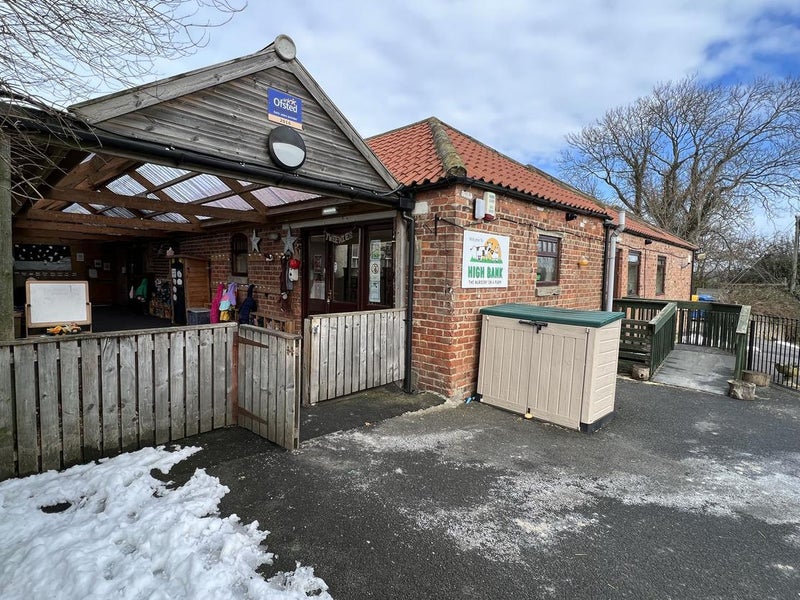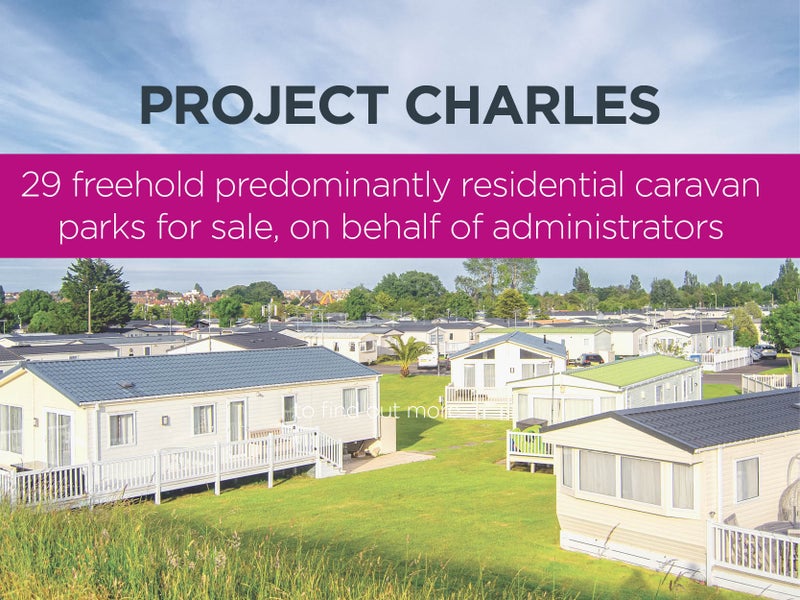Christie & Co publishes report on the Portuguese hotel market
International hotel property adviser, Christie & Co, has published an update of its “Portuguese Hotel Market” report, published for the first time in 2016.
Portugal has experienced remarkable tourism growth in recent years, reaching more than 12.7 million arrivals of international tourists in 2018. Demand has experienced an accumulated growth of 3.7% between 2016 and 2018, driven both by the domestic (+4.7%) and international (+3.3%) tourism. The hotel sector has also shown quality improvement in hotel supply, evidenced by the 4.7% increase in the number of 4 and 5-star hotels from 2015 to 2018. Improvement in supply is one of the main drivers of the sector's profitability, which has grown by 4% in 2018 compared to the previous year. Meanwhile, overnight stays have also increased throughout the country, registering 57.6 million overnight stays in 2018, with the largest portion accounted for by the international segment (71% international vs. 29% domestic tourism).
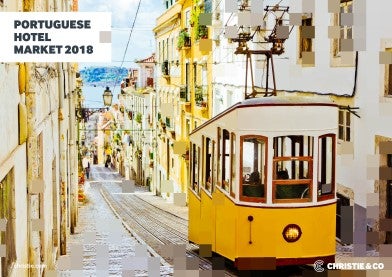
In 2018, Portugal maintained a total of 1,372 hotels (101,946 rooms), 18% of which were 5-star hotels, 46% of which were 4-star hotels and 24% of which were 3-star hotels, with only 12% from lower categories. Taking the total number of hotels in the country as a reference, Portugal reached a RevPAR of €52.2 in 2018 (+4.0% compared to 2017), an ADR of €79.8 (+5.7%/2017) and 65.4% occupation, which is the only indicator that has decreased compared to the previous year (-1.7%).
In addition to offering an overview of the country’s hotel sector, the report also analyses the areas of Portugal which enjoy high levels of tourism demand, including two urban destinations (Lisbon and Porto) and two resort destinations (the Algarve and Madeira), and considers the supply and demand levels, strengths and weaknesses, and key performance indicators of each.
Lisbon’s profitability is remarkable. Recording occupancy levels of almost 76% in 2018, an ADR of €103.3 and a RevPAR of €78.3, Lisbon leads the ranks among the four areas, although it is not the area with the highest number of hotels (275 hotels registered in 2018). Identified as the area with the largest hotel supply (351 hotels), Porto registered the highest RevPAR growth in Portugal, reaching €46.0 in 2018 (+9.0% with respect to 2017). It also obtained notable growth in ADR, reaching €71.7 (+8.7% versus 2017), while occupancy levels experienced a light increase, reaching an average of 64.2% (+0.3%/2017).
Regarding the resort destinations analysed in the report, the Algarve exceeds Madeira in terms of ADR (€83.0 against €69.0), as well as RevPAR (€54 versus €51). However, Madeira registered occupancy levels are higher than those of the Algarve (74% and 65% respectively) in 2018. In relation to hotel supply, Madeira had 85 hotels registered in 2018 whereas the Algarve accounted for 156 hotels.
Joan Bagó, Market Analyst at Christie & Co and author of the report, comments: “Demand growth and the improvements in the quality of the hotel supply have allowed the country’s main urban destinations to increase ADR, leading overall hotel performance growth. On the other hand, resort markets, penalised by the international demand drop, have registered lower occupancy levels than the previous year.”
Complementary to previous reports, the report offers an outlook on the coming years for the hotel sector in Portugal. With a positive economy and rising operating levels, the Portuguese hotel market can look forward to strong conditions which will attract foreign investors to the country, presenting the potential for investment growth similar to that seen in Spain over recent years.


